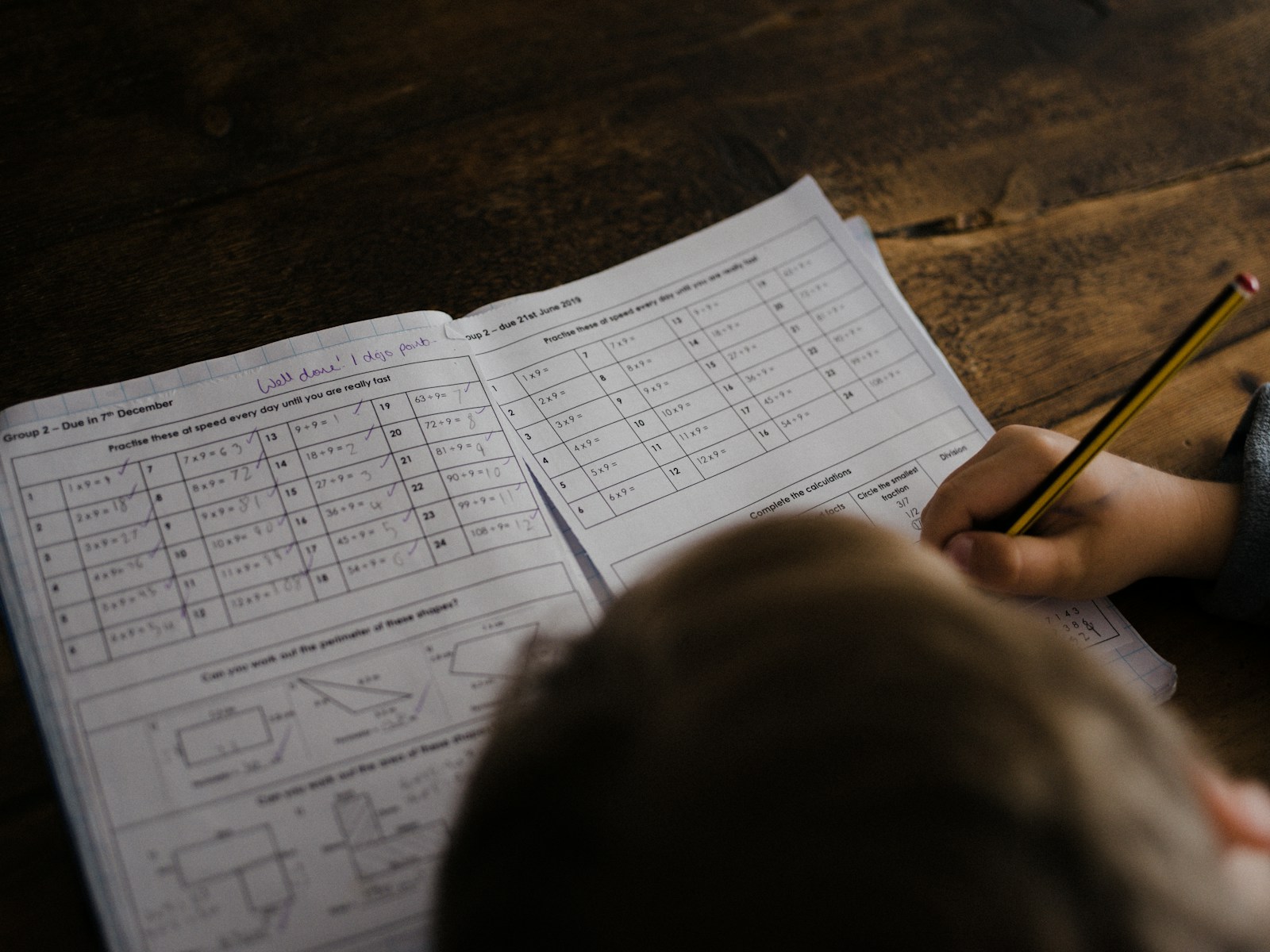Standardized tests have long been used to identify gifted students, but relying solely on test scores often misses the full picture. Giftedness is complex, diverse, and shaped by context, opportunity, and personal development. Many students with high potential may underperform on traditional assessments due to anxiety, cultural bias, or because their strengths lie outside of what these tests measure.
Giftedness can manifest in many ways—not all of them academic. Some students show creative or productive giftedness, marked by originality, curiosity, leadership, artistic talent, or a desire to explore real-world problems. These qualities often emerge through behavior, interests, and authentic performance, rather than through a number on a test.
Modern educational research highlights that intelligence and creativity are not the same, and their relationship weakens at higher levels of ability. In fact, creativity becomes increasingly independent from IQ beyond a certain threshold. Traits like flexibility, fluency of ideas, originality, and the ability to redefine problems are hallmarks of creative giftedness—traits often overlooked by traditional intelligence tests.
To truly recognize gifted potential, a broader, more inclusive approach is needed. Observational methods, creative portfolios, dynamic assessments, and teacher evaluations are all essential tools. Dynamic assessment, in particular, helps measure how a student learns when given support, rather than what they already know—making it especially useful for identifying talent in diverse or disadvantaged populations.
It’s also important to consider context. Social, emotional, and cultural factors can affect whether a gifted child’s abilities are recognized or nurtured. In fact, students from rural or low-income areas are often under-identified, not because of lack of talent, but due to fewer opportunities and systemic biases.
One fundamental question educators should ask is: “Gifted for what?” Identification methods should align with the type of program or enrichment being offered—whether in science, the arts, leadership, or problem-solving. This ensures that selection criteria are meaningful and supportive of each student’s potential path.
Moreover, giftedness should not be viewed as static or innate. It can emerge over time, and the right environment plays a crucial role in whether it thrives. That’s why educational systems are moving towards more flexible identification processes, sometimes allowing students to move in and out of enrichment programs depending on their interests and growth.
Finally, qualities like motivation, creativity, social skills, and context matter just as much as cognitive performance. Gifted students may need emotional support, differentiated instruction, and chances to explore challenging ideas—not just acceleration or more content.
By moving beyond standardized tests and embracing a more human, dynamic, and context-aware perspective, we can better uncover hidden talents, nurture diverse forms of brilliance, and create more equitable and meaningful opportunities for gifted learners.



